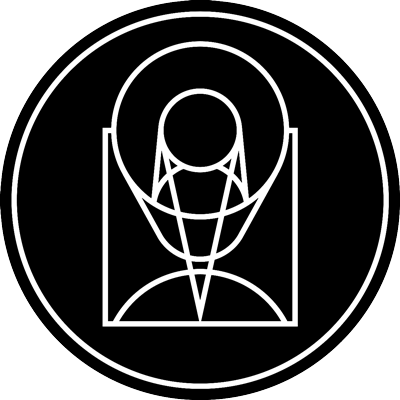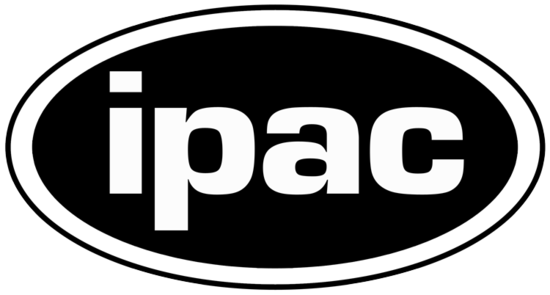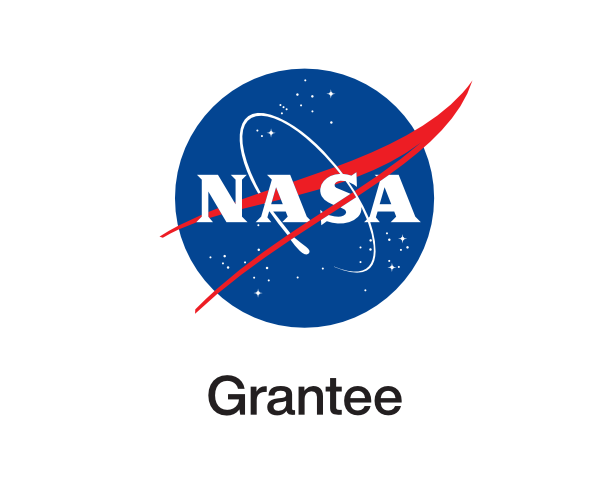Small but mighty

esahubble_potw2524a June 16th, 2025
Credit: ESA/Hubble & NASA, E. Sabbi, D. Calzetti, A. Aloisi
This portrait from the NASA/ESA Hubble Space Telescope puts the nearby galaxy NGC 4449 in the spotlight. The galaxy is situated just 12.5 million light-years away in the constellation Canes Venatici (The Hunting Dogs). It is a member of the M94 galaxy group, which is near the Local Group of galaxies to which the Milky Way belongs. NGC 4449 is a dwarf galaxy, which means that it is far smaller and contains fewer stars than the Milky Way. But don’t let its small size fool you — NGC 4449 packs a punch when it comes to making stars! This galaxy is currently forming new stars at a much faster rate than expected for its size, which makes it known as a starburst galaxy. Most starburst galaxies churn out stars mainly in their centres, but NGC 4449 is alight with brilliant young stars throughout. Researchers believe that this global burst of star formation came about because of NGC 4449’s interactions with its galactic neighbours. Because NGC 4449 is so close, it provides an excellent opportunity for Hubble to study how interactions between galaxies can influence the formation of new stars. A Hubble image of NGC 4449 was previously released in 2007. This new version incorporates several additional wavelengths of light that Hubble collected for multiple observing programmes. These programmes encompass an incredible range of science, from a deep dive into NGC 4449’s star-formation history to the mapping of the brightest, hottest, and most massive stars in more than two dozen nearby galaxies. The NASA/ESA/CSA James Webb Space Telescope has also observed NGC 4449, revealing in intricate detail the galaxy’s tendrils of dusty gas, glowing from the intense starlight radiated by the flourishing young stars. [Image Description: This Hubble image shows the galaxy NGC 4449. The field is dominated by dust that appears in dark red, with scattered brighter regions of star formation as bright pink globules. The background shows countless blue stars peeking around the dusty regions.] Links Pan: NGC 4449
Provider: Hubble Space Telescope | ESA
Image Source: https://esahubble.org/images/potw2524a/
Curator: ESA/Hubble, Baltimore, MD, United States
Image Use Policy: Creative Commons Attribution 4.0 International License
 Color Mapping
Color Mapping
| Telescope | Spectral Band | Wavelength | |
|---|---|---|---|

|
Hubble (WFC3) | Ultraviolet (UV) | 275.0 nm |

|
Hubble (WFC3) | Optical (U) | 336.0 nm |

|
Hubble (ACS) | Optical (O III) | 502.0 nm |

|
Hubble (ACS) | Optical (v) | 550.0 nm |

|
Hubble (ACS) | Optical (N II) | 660.0 nm |

|
Hubble (ACS) | Optical (N II) | 658.0 nm |

|
Hubble (ACS) | Optical (I) | 814.0 nm |









- ID
- potw2524a
- Subject Category
- Subject Name
- NGC 4449
- Credits
- ESA/Hubble & NASA, E. Sabbi, D. Calzetti, A. Aloisi
- Release Date
- 2025-06-16T06:00:00
- Lightyears
- Redshift
- Reference Url
- https://esahubble.org/images/potw2524a/
- Type
- Observation
- Image Quality
- Distance Notes
- Facility
- Hubble Space Telescope, Hubble Space Telescope, Hubble Space Telescope, Hubble Space Telescope, Hubble Space Telescope, Hubble Space Telescope, Hubble Space Telescope
- Instrument
- WFC3, WFC3, ACS, ACS, ACS, ACS, ACS
- Color Assignment
- Purple, Purple, Cyan, Green, Orange, Red, Red
- Band
- Ultraviolet, Optical, Optical, Optical, Optical, Optical, Optical
- Bandpass
- UV, U, O III, v, N II, N II, I
- Central Wavelength
- 275, 336, 502, 550, 660, 658, 814
- Start Time
- Integration Time
- Dataset ID
- None, None, None, None, None, None, None
- Notes
- Coordinate Frame
- ICRS
- Equinox
- J2000
- Reference Value
- 187.05539909228693, 44.09472347212783
- Reference Dimension
- 4170.0, 3867.0
- Reference Pixel
- 2085.0, 1933.5
- Scale
- -1.1006637339992329e-05, 1.1006637339992329e-05
- Rotation
- -140.28000000000043
- Coordinate System Projection:
- TAN
- Quality
- Full
- FITS Header
- Notes
- Creator (Curator)
- ESA/Hubble
- URL
- https://esahubble.org
- Name
- Telephone
- Address
- ESA Office, Space Telescope Science Institute, 3700 San Martin Dr
- City
- Baltimore
- State/Province
- MD
- Postal Code
- 21218
- Country
- United States
- Rights
- Creative Commons Attribution 4.0 International License
- Publisher
- ESA/Hubble
- Publisher ID
- esahubble
- Resource ID
- potw2524a
- Resource URL
- http://esahubble.org/media/archives/images/original/potw2524a.tif
- Related Resources
- Metadata Date
- 2025-06-18T18:41:34.342830
- Metadata Version
- 1.1
Detailed color mapping information coming soon...






